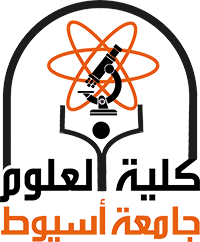Antennal sensillae of male and female peach fruit flies, Bactrocera zonata (Saunders) (Diptera: Tephritidae), obtained from three different host fruit species (guava, Psidium guajava L. (Myrtales: Myrtaceae); peach, Prunus persica (L.) Stokes (Rosales: Rosaceae); and orange, Citrus sinensis (L.) Osbeck (Sapindales: Rutaceae)), were studied with scanning electron microscopy. This study was carried out to describe the different types of sensillae present on the three antennal segments (scape, pedicel, and flagellum or funiculus) of both sexes of B. zonata on different host fruit. The antennal segments of females tended to be larger than those of males feeding on peach and guava fruit. On orange, both sexes were similar (no significant differences were found). The first two antennal segments, scape and pedicel, are reinforced by some bristles and have different types of sensillae, including trichoid I, II, S; basiconic II; and sensilla chaetica in different numbers on different host fruit species. Numerous microtrichia, as well as trichoid (I, II), basiconic (I), clavate, and coeloconic (I, II) sensillae were observed on the funiculus with a great variation in number and length. As a result of feeding on different hosts, differences were found between sexes and some plasticity in size, number, distribution, and position of some sensillae, including trichoid, basiconic, chaetica, and clavate on the antennae of the female B. zonata. These sensillae were significantly
larger in females. Also, some morphological and morphemetric differences have been found according to their feeding on different host fruit.
Research Abstract
Research Department
Research Journal
Journal of Insect Science
Research Member
Research Publisher
Azza A. Awad
Research Rank
1
Research Vol
15(8)
Research Website
http://www.insectscience.org
Research Year
2015
Research Pages
1-10

